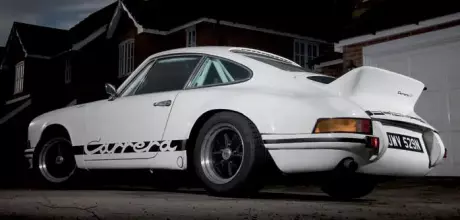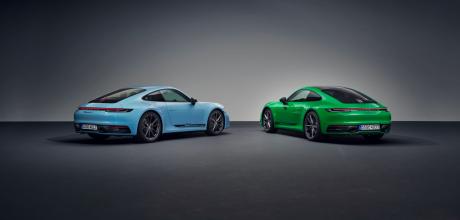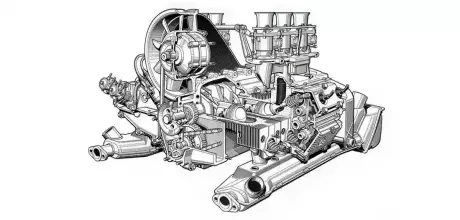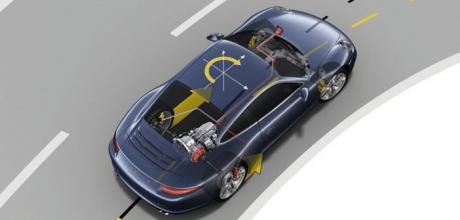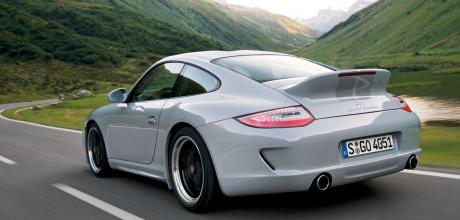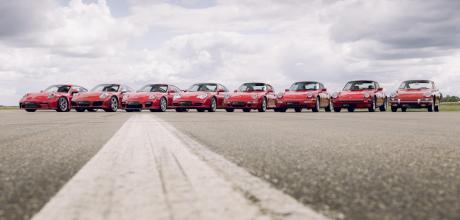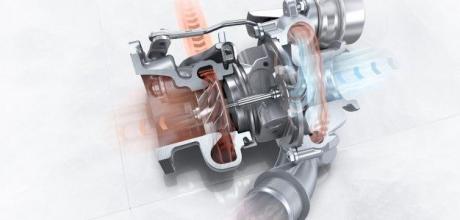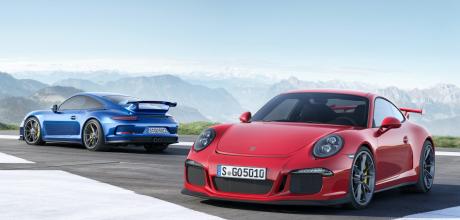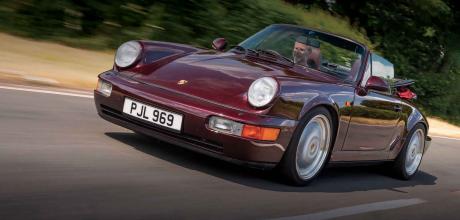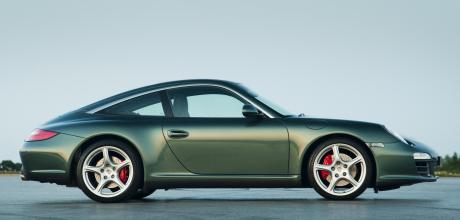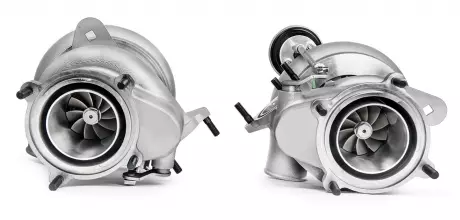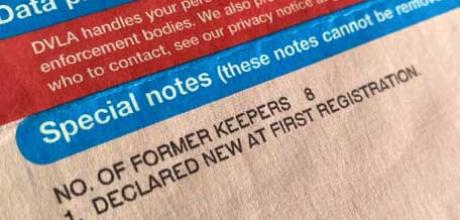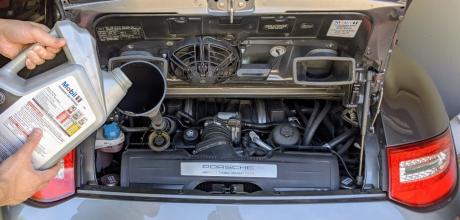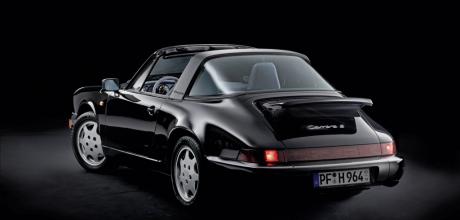Search by the «porsche 911» tag
Paul Sutters’ Porsche 911 2.7 RS rep wears its competition history as a badge of honour and Paul intends to return it to its championship winning livery of the ’80s and go racing. Words and photography: Brett Fraser PAUL SUTTERS YOU AND YOURS HISTORY BOY Hands up who hasn’t wondered about the previous life of the secondhand car they’ve just bought. Particularly when that secondhand car was a Porsche.
Recent sales listings reveal some scary viewing in the 992 arena. Asking prices show not just price reductions month-on-month, but falls across the board. In some cases, those reductions run to tens of thousands of pounds, and even Carreras have been slashed. What’s going on? Jonathan Franklin of Jonathan Franklin Cars neatly sums up the background. “The market has been slowly getting itself overheated, partly since Covid, when people suddenly began spending.
Kicking off a three-part series charting the history of air-cooled Porsche engines, we delve into the design and development of the Type 901, which served as the starting point for more than sixty years of flat-six development... Words Shane O’Donoghue Photography Dan Sherwood, Porsche Corporate Archives STARTING SIXFrankfurt Motor Show, Autumn 1963. The covers were whipped off the 901, a pretty two-door coupe previewing Porsche’s replacement for the highly successful 356.
Discover how the Porsche Torque Vectoring system helps to keep your 911 on the road. The driving characteristics of the 911 are well known, if something of a dichotomy. The rear-engined layout permits immense traction out of corners, but at the same time the car is ever-ready to punish driving with less-than-perfect technique. Carry too much speed into a corner, lift off and you have all the ingredients of the classic 911 accident for the inexperienced.
Porsche 911 997 → Sales debate - how much compromise is involved in finding your perfect Porsche 911?
Tracking down your dream 911 can be a less-than-straightforward process. In our heads it’s relatively easy to draw up a wish list of our ideal car, but then we have to find one in the real world. Inevitably, that perfect set of demands may not be for sale. How much compromise should we factor in when searching for ‘The One’? Avantgarde Classic’s Jonathan Aucott is quick to point out that compromise is somewhat inevitable with used 911 purchases.
Buyers who can nail down their dream 911 and spec have an easy ride when purchasing. They search, wait and hopefully find. However, not everyone can pinpoint their next 911 so readily. With this in mind, we asked our trade experts what sort of budget gives you the greatest choice of 911 models, as a used purchase? After only the briefest of pauses, Jonathan Ostroff, sales manager at Hexagon Classics, is straight on a figure to work with: “£65,000” he says.
Porsche 911 991 → Technology explained – Porsche 911 Turbo, but what is the overboost function – and does it work?
We know it’s exclusive to the 911 Turbo, but what is the overboost function – and does it work? Extra performance is something we all may crave occasionally for our 911. Since 2004, Neunelfer Turbos have had this exact capability in the overboost feature. But what is it? To understand overboost, we need to consider the engine, because overboost is only possible on a turbocharged motor. The turbocharger supplies additional clean air, under pressure, into the engine to generate more power.
Looking at the lineage of GT3 production, one model stands out: the 991.1 variant. Of all the iterations, the 991.1 is the only one that wasn’t available with a manual gearbox. Does that make a difference to how the market views it, compared to its peers? Philip Raby of Philip Raby Specialist Cars suggests that it doesn’t. “Most people are happy with the idea of PDK now, and accept it. There’s a good market for PDK GT3s, but if you really wanted a manual, you’d probably just buy a Gen2 version.
The 964 has seen huge growth in popularity in recent years, and yet the 964 Cabriolet remains one of the most affordable entry points to ownership of an air-cooled Porsche... Words Dan Furr Photography Dan Sherwood BUYING GUIDEBag yourself a tidy Porsche 911 Cabriolet 964. Launched in November 1988, the 964 marked a sea-change in the 911’s development.
When compared to earlier and later 911s making use of forced induction, the 996 Turbo represents one of the Porsche's scenes best buys... TECH: BUYING GUIDE PORSCHE 996 TURBO SMore than twenty-five years have passed since the 996 debuted, yet talk of the model’s radical departure from previous 911 architecture fails to quell.
The 997 Targa. Chances are you forgot about that one, and indeed the 996 before it. Porsche took a bit of a diversion with the Targa version of the 993, 996 and 997, with these models not coming with the immediate Targa signifier of a rollover bar and expansive wraparound rear glass. The 991 would return to that format, with some added opening and closing automated theatrics, all of which leaves those interim Targa models somewhat overlooked.
Porsche has used twin turbochargers on its 911 since the 1990s, but how do these devices manage to generate such significant power gains? Turbo charging has been utilised by Porsche since 1973, where it was put to devastating effect in the 1974 Carrera RSR 2.1. Quick to make use of the technology in production cars, the 3.0-litre engined Turbo (930) was launched in 1974.
It’s one of the first questions we ask when interested in any vehicle, but more so a 911: “How many owners has it had?” We asked our experts, what significance does that number carry when looking at a used 911? “In older cars, the number of owners is largely irrelevant,” says Jonathan Ostroff of Hexagon Classics. He points out that condition is the key factor, not how many people have registered the vehicle in their name.
Porsche 911 964 → The Porsche 911 is often split into air and water camps, but all Neunelfers rely on oil. What’s its role?
Engines are made of many moving components, working together under finely engineered tolerances. To do that, they need oil, a viscous fluid that lubricates all those moving components, reducing friction and cooling them in the process. Without it, bearing surfaces would quickly overheat and wear out in minutes. This is the job of oil pressure: the engineered resistance created by the fluid being pumped through the engine as it rotates, ensuring moving parts are lubricated as intended.
For many years, the Targa was out of favour in the 911 market, offering possibly the cheapest way into each model. Is that still the case? No, says Philip Raby of Philip Raby Specialist Cars: “They were once unloved, because they leaked, or gave wind noise issues, so the Cabriolets were more popular. Today, that’s probably reversed.” Philip explains this is partly down to fresh interest in the model after the 991 Targa reintroduced the silver hoop of earlier cars.


